A lot of people have a hard time figuring out the difference between cooking and baking. Your first thought is that cooking is savory and baking is sweet, which is usually true, but not always. To me, cooking is much more laid-back and oftentimes recipe-free, whereas baking is an exact science with teaspoons and ounces and you always need a recipe and exact measurements.
As an advanced baker, I see people making these typical mistakes while baking all the time. Give this a read and your brownies will probably turn out much better next time, trust me.
1. Baking in an oven not yet preheated
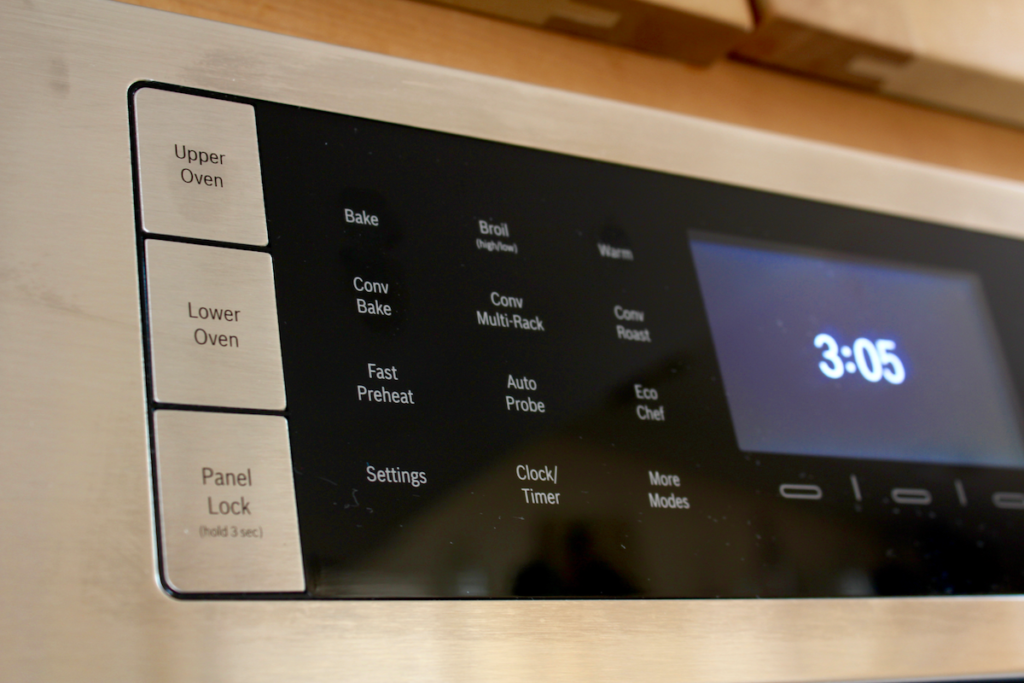
Photo by Katherine O’Malley
I’ve seen so many people do this. They realize once their cupcake tins are filled or their cookie dough laid out on sheets that the oven is not preheated, so they put the baked goods in the oven and preheat it while they are in there. No. This messes up with the chemistry of the baking and can create a total disaster. Wait until the oven is completely preheated before baking.
2. Forgetting to set the timer
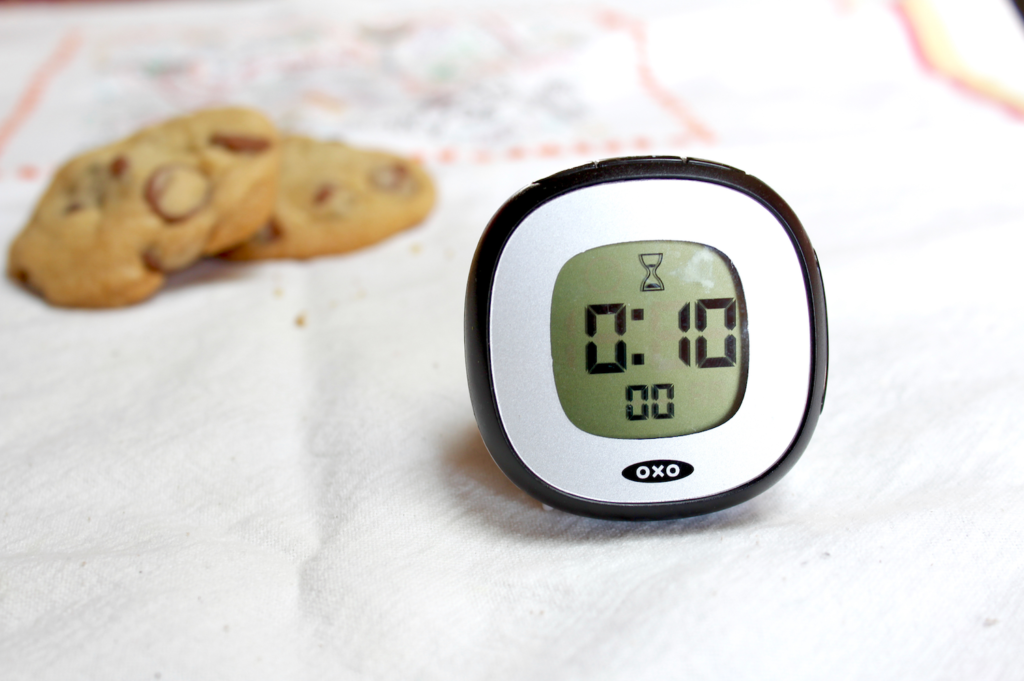
Photo by Katherine O’Malley
It happens to the best of us. Whether it’s an oven timer, microwave timer, or a phone timer, just make sure you use one. Burnt cookies aren’t very tasty.
3. Frosting cakes/cupcakes before they cool
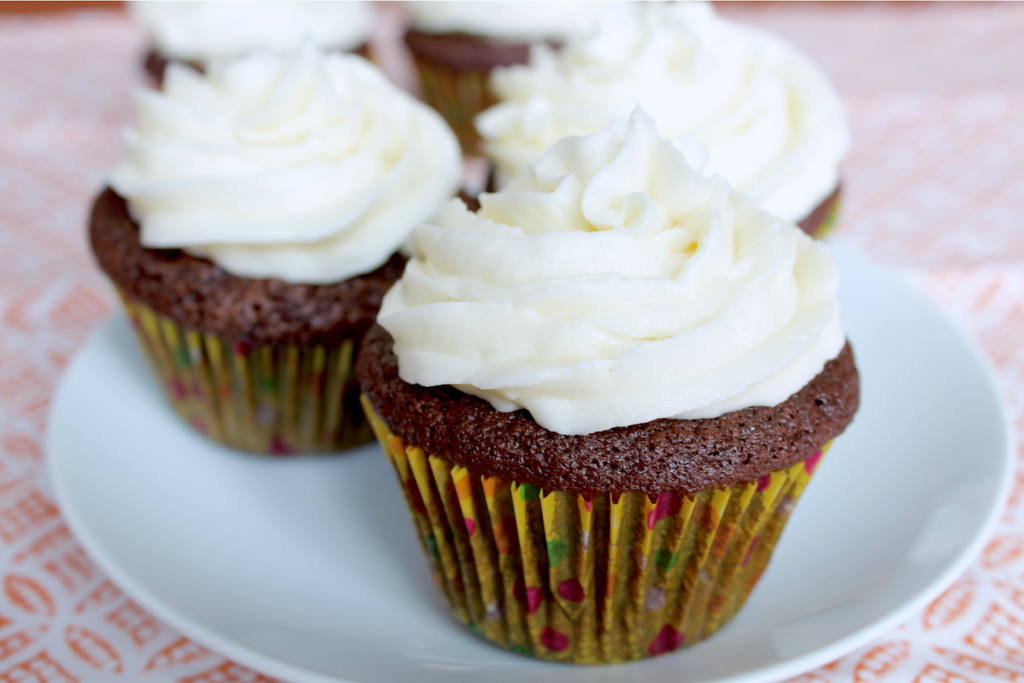
Photo by Katherine O’Malley
I know you want your cupcake, but you will wish you had waited once you start frosting the cupcakes and all the frosting melts right off. Wait until they are completely cool so your frosting keeps its shape and texture.
4. Mistaking baking powder for baking soda
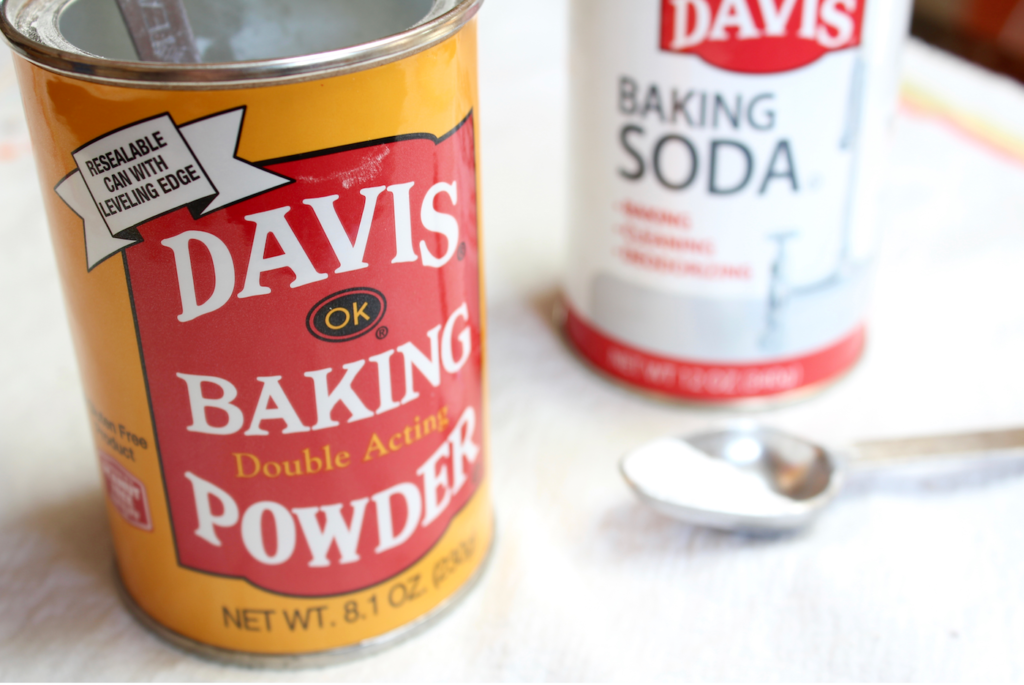
Photo by Katherine O’Malley
These are anything but substitutes, and you cannot use one in place of the other. If you don’t have baking soda or baking powder on hand when you want to make a recipe, go take a trip to the store. Please oh please do not settle for whichever you have on hand, it doesn’t work like that. This article explains why.
5. Not greasing your pans properly
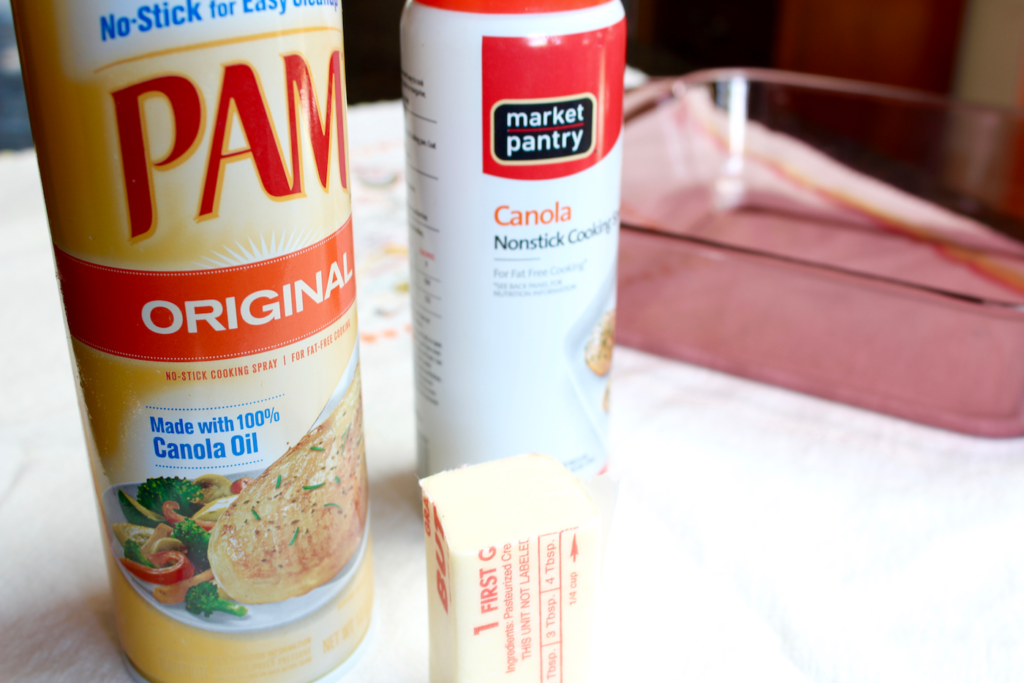
Photo by Katherine O’Malley
It’s all of our worst fears, a bundt cake stuck in the pan. Or, even worse, half of a (broken) bundt cake stuck in the pan. Don’t just use cooking spray; it’s safest to butter and flour pans. For cake pans, I butter each pan, then put a circular parchment round down, then butter the parchment, then flour the pan. It’s tedious, but it always works perfectly.
6. Not measuring flour correctly
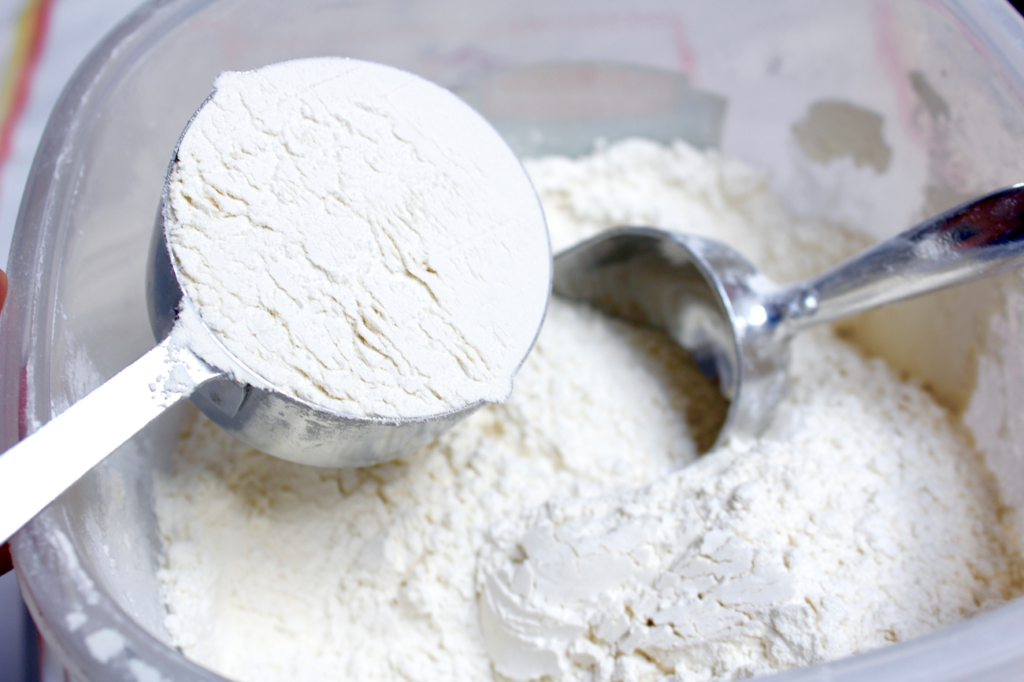
Photo by Katherine O’Malley
Do NOT just scoop your measuring cup into a bag of flour and shake it off. Just typing that out makes me cringe. Instead, take a scoop or spoon and scoop flour little by little into the measuring cup. Then, level off the top with a straight-edge, like a knife. There is no shaking of the measuring cup in the process of measuring a perfect cup of flour. This King Arthur Flour post shows a great video demonstrating the correct way.
7. Not sifting ingredients
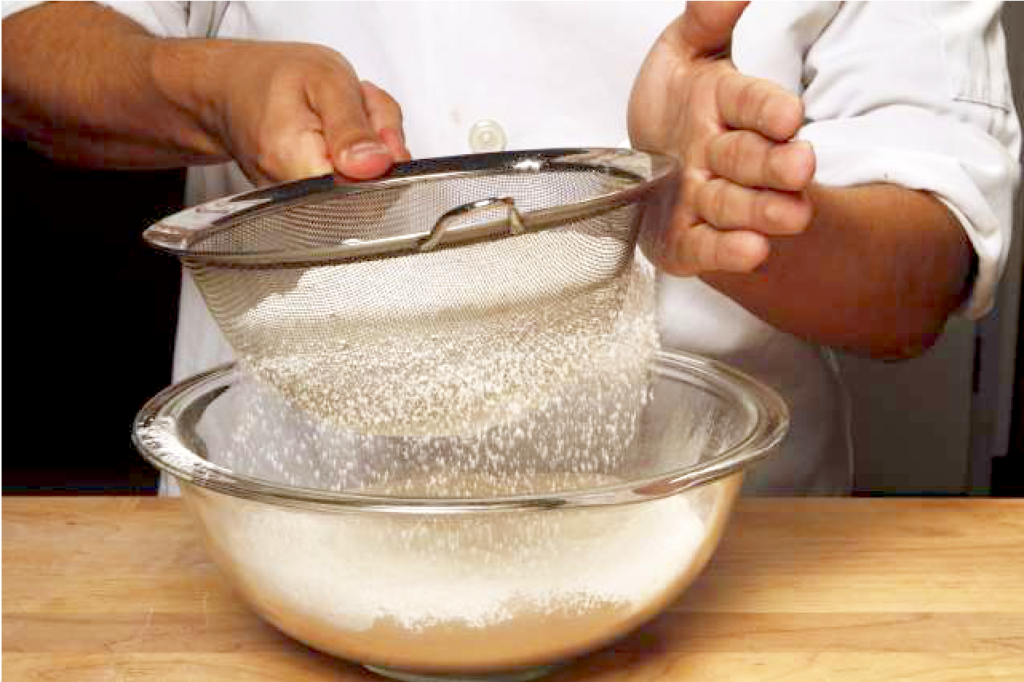
Photo courtesy of latimes.com
We don’t just write “sifted” for fun, it actually means something. I’ll be honest, sometimes this is overused and unnecessary. However, when it comes to cocoa powder and powdered sugar, they are known to be lumpy and should really be sifted. Flour I usually just whisk, shh.
8. Opening the oven too often
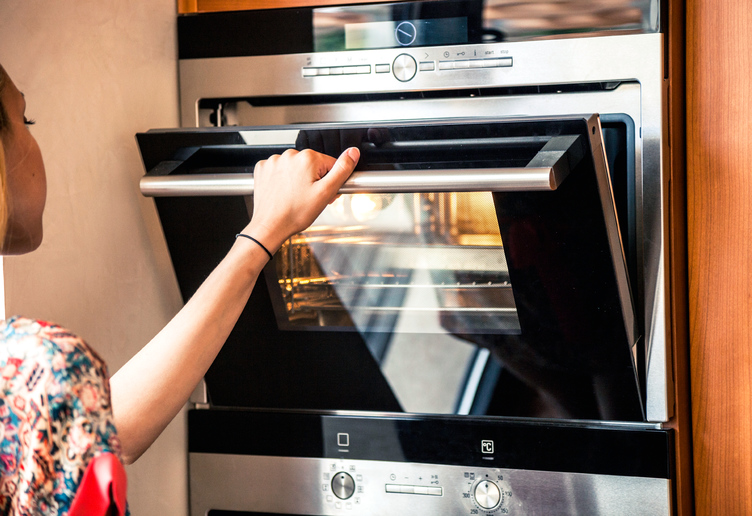
Photo courtesy of greatist.com
I know you want your cookies to be ready, so do I, but this actually causes them to be ready even slower. Instead, a lot of ovens have an oven light feature, so use that. Opening the oven lets hot air flow out and decreases the temperature of the oven. It could even cause cakes to collapse a bit if you open the oven too often.
9. Overmixing your batter
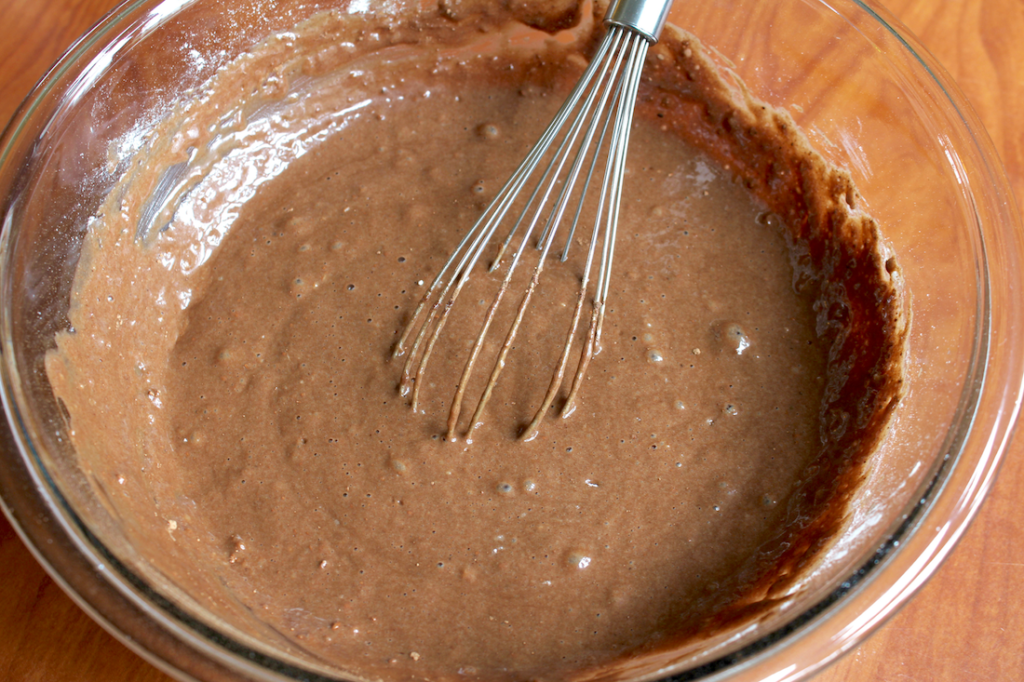
Photo by Katherine O’Malley
This is especially important for cakes, which you want to be tender and moist. If you mix the batter too much it will be tougher and less delicate. Mix the batter just until no more flour shows, and then scoop it out. No one likes a tough, chewy muffin.
10. Substituting ingredients
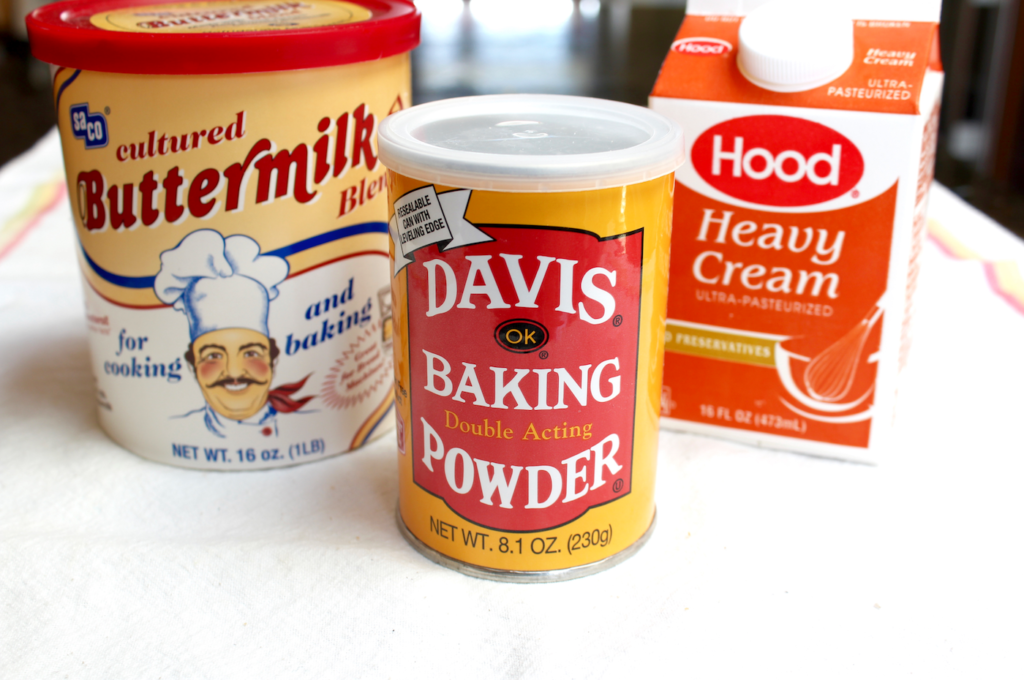
Photo by Katherine O’Malley
No buttermilk in the house? No, you can’t just use milk. Buttermilk is more acidic, meaning there’s probably baking soda in the recipe to make up for it, and using whole milk will make the final product taste acidic. Another example is using ground flax seeds as egg replacer. It does work, but really only in muffins and breads, definitely not in cakes or pastries. Websites like this one can help you with substituting ingredients.
11. Using cold ingredients
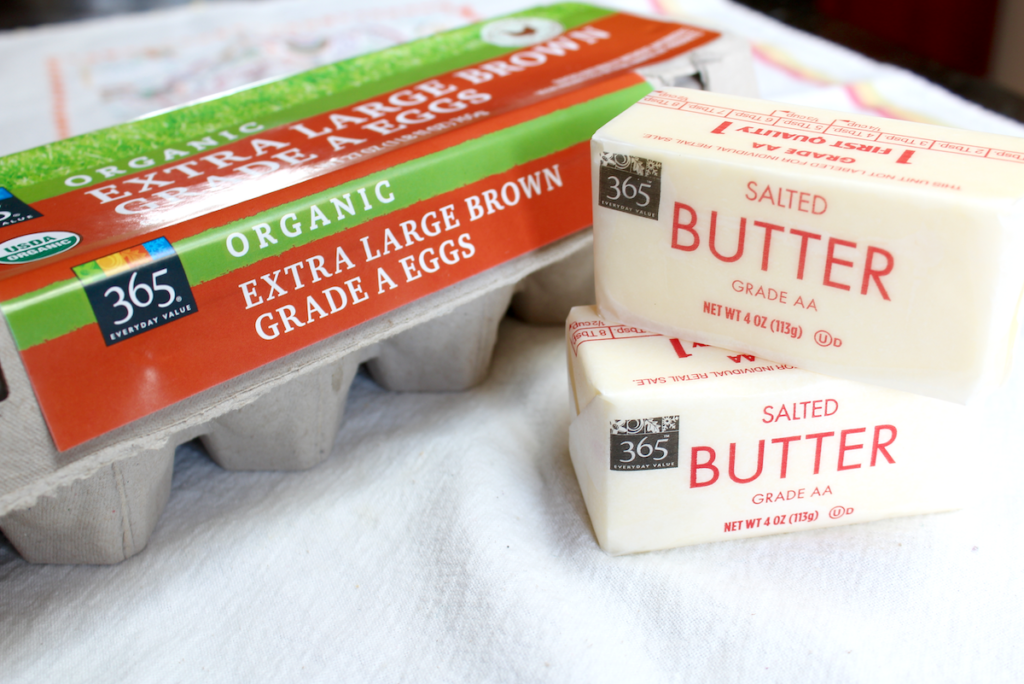
Photo by Katherine O’Malley
Ever tried to make frosting with cold butter? Well don’t. If a recipe calls for “room temperature” or “softened” butter, make sure your butter is the right temperature. If it’s not, you can put it in the microwave briefly (10-15 seconds) to soften it a bit.


